Keyword targeting is essential for beauty brands aiming to boost SEO. However, beauty trends change rapidly, pushed by influencers, hashtags and new products daily. However, excelling at beauty SEO requires more than just pulling beauty keywords from thin air or an outdated database. Beauty trends evolve rapidly, pushed by influencer videos, viral hashtags, and new product drops almost daily. Relying solely on guesswork fails to capture high-potential opportunities rooted in these real-time shifts.
Perplexity, an AI-powered keyword tool, solves this issue. It uses natural language processing to uncover fresh, valuable query combinations by analyzing the latest beauty data – blogs, forums, reviews, social media. The tool’s algorithms work 24/7 to surface valuable query combinations that traditional keyword tools simply cannot match. This empowers beauty brands to peer into the minds of beauty consumers and tailor content accordingly, fulfilling informational needs while organically driving product discovery.
Let’s explore how beauty brands can harness Perplexity to amplify organic search performance through savvy keyword targeting.
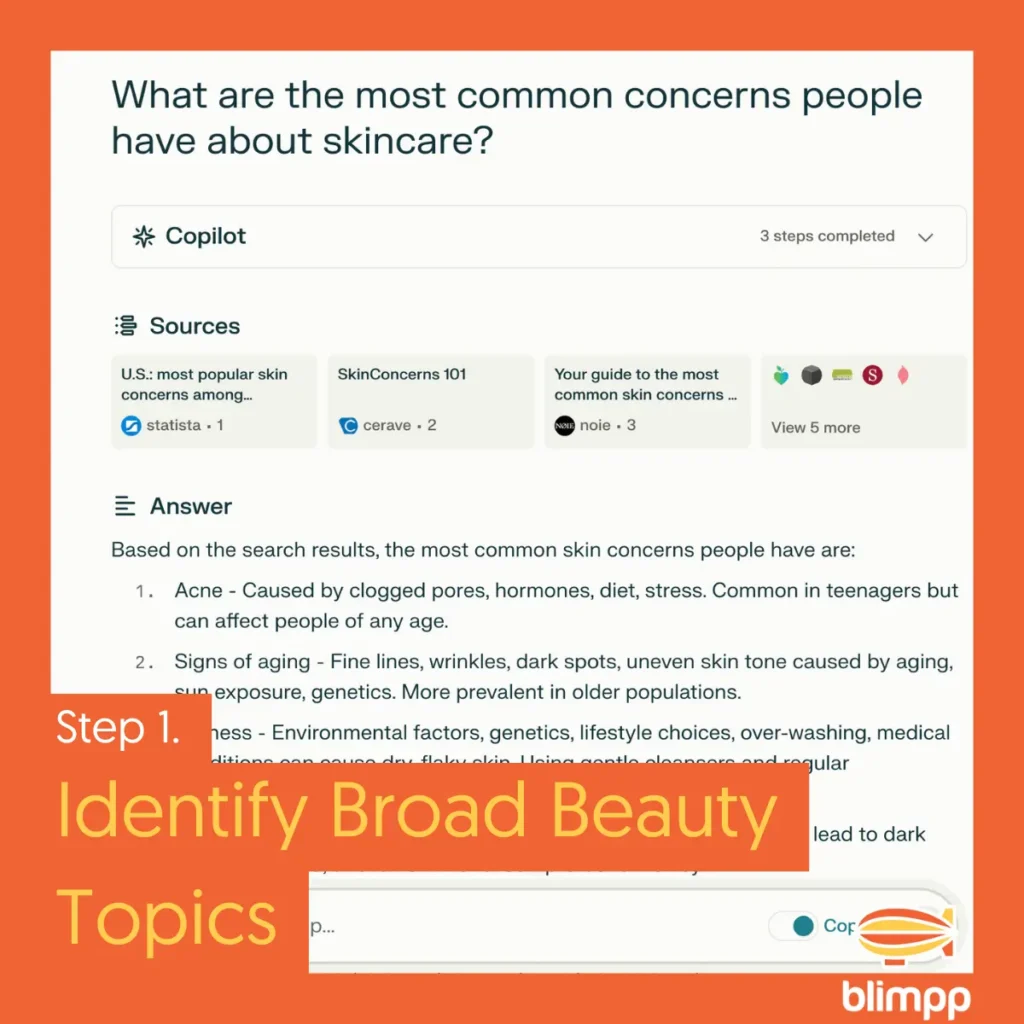

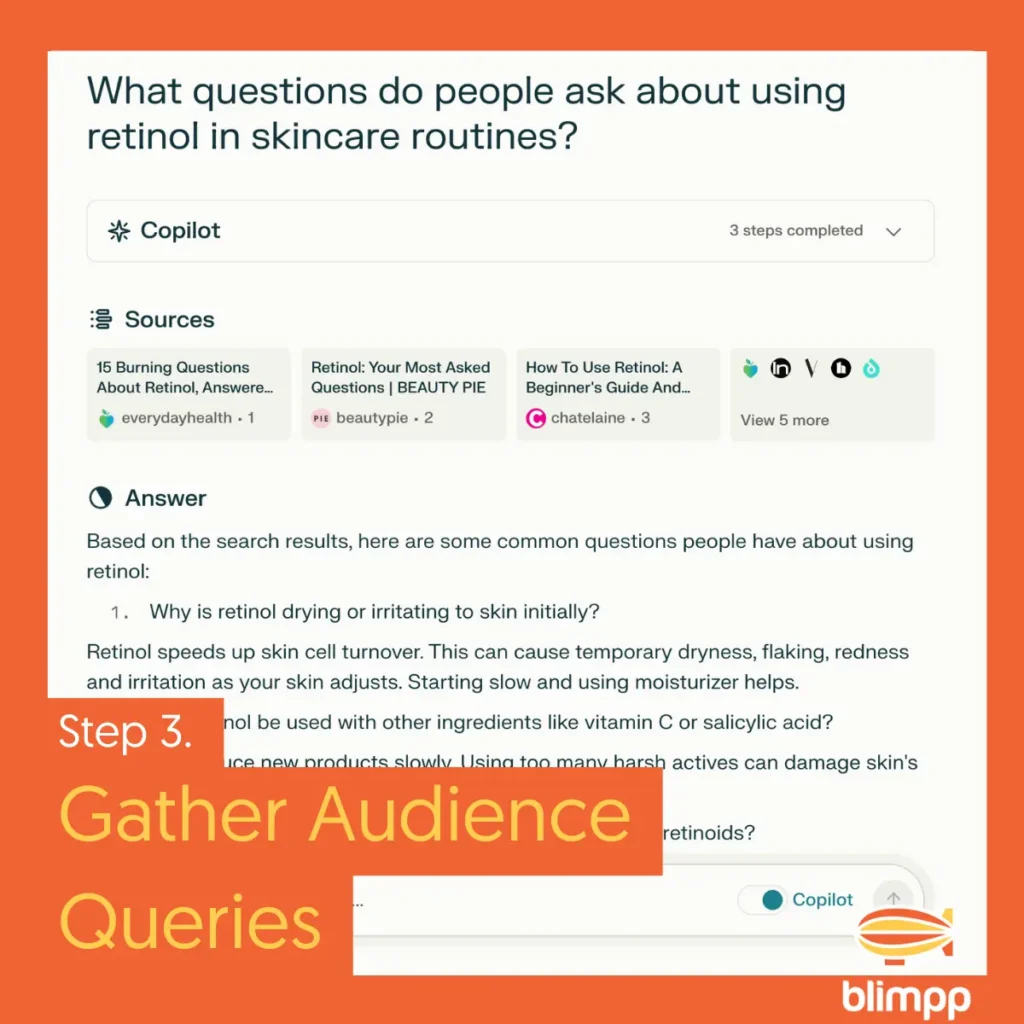


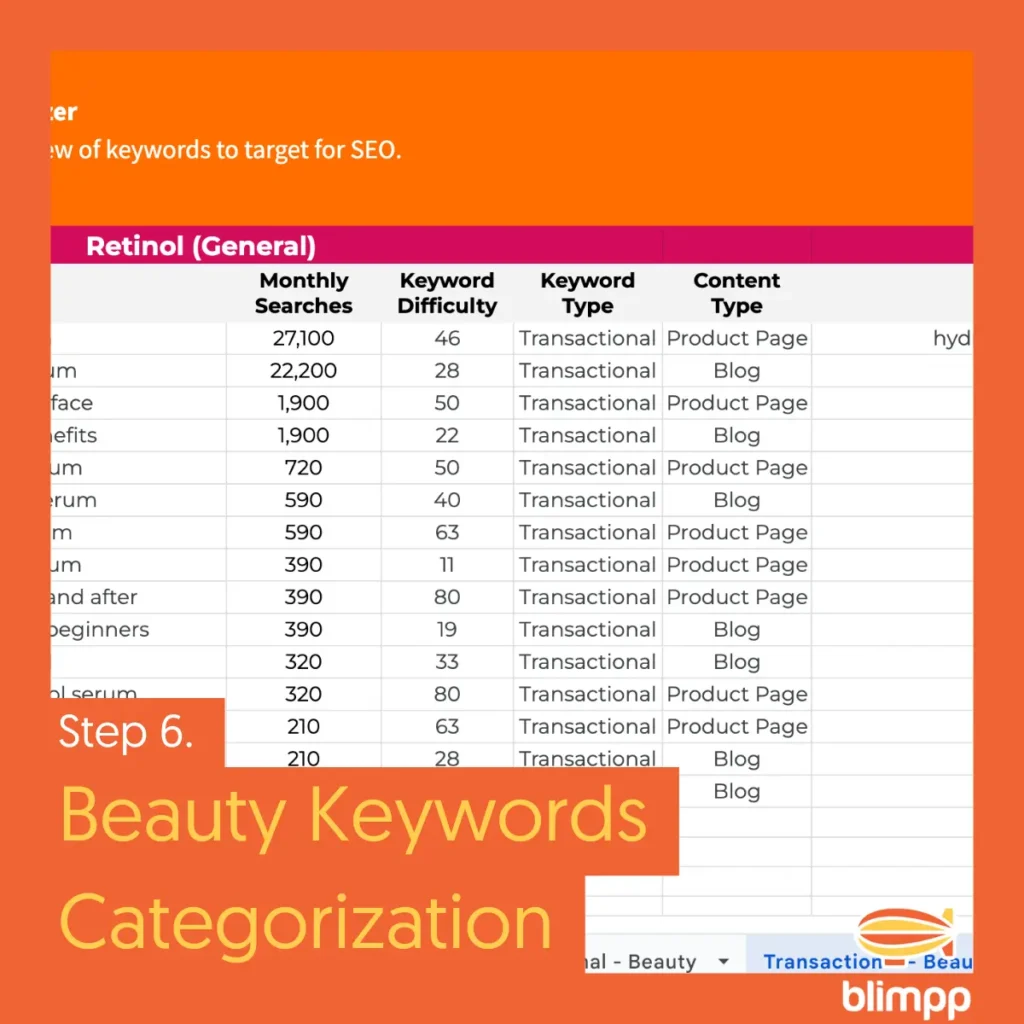
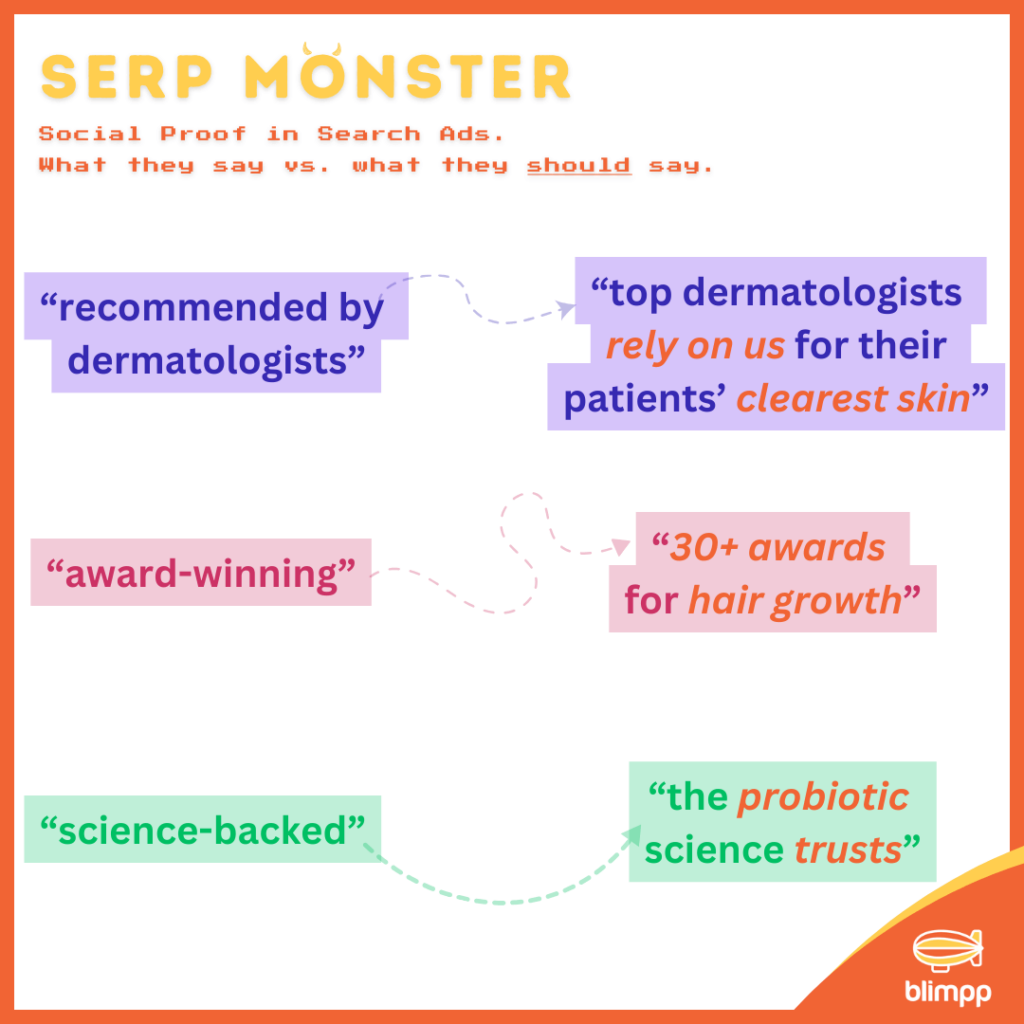

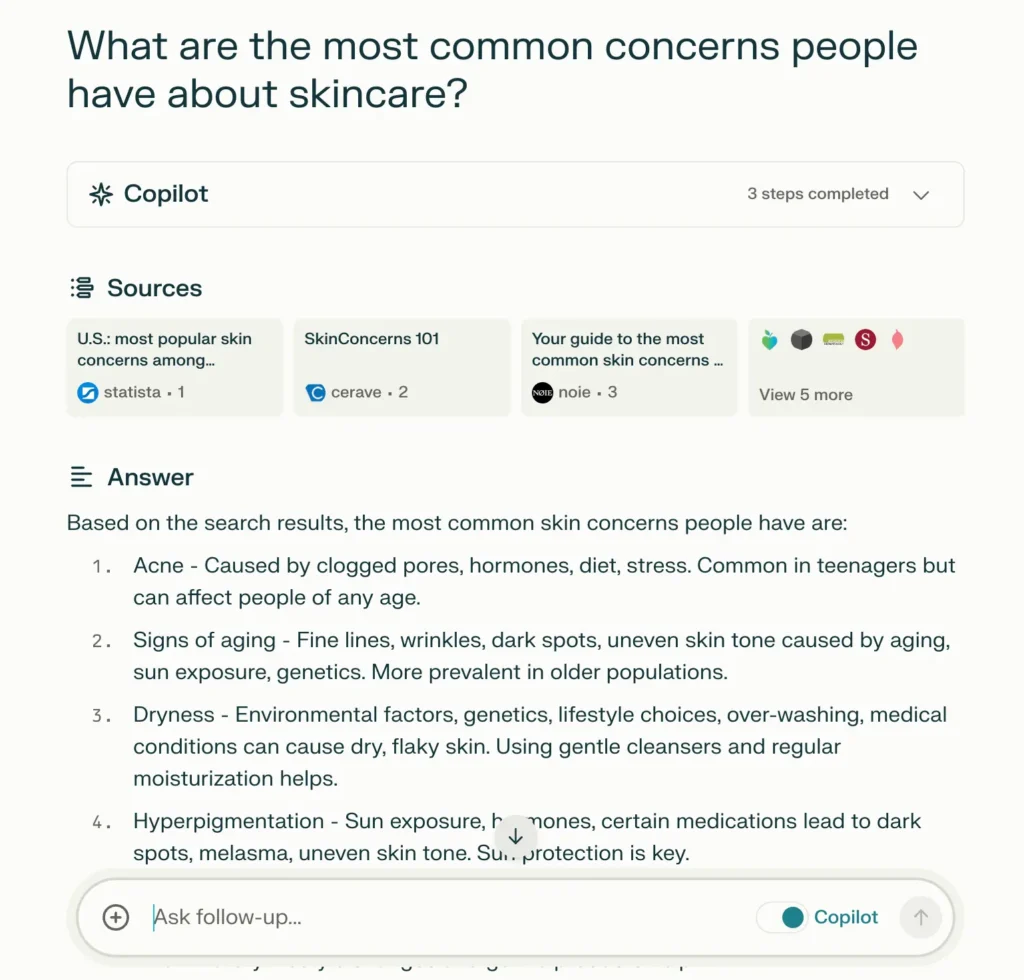

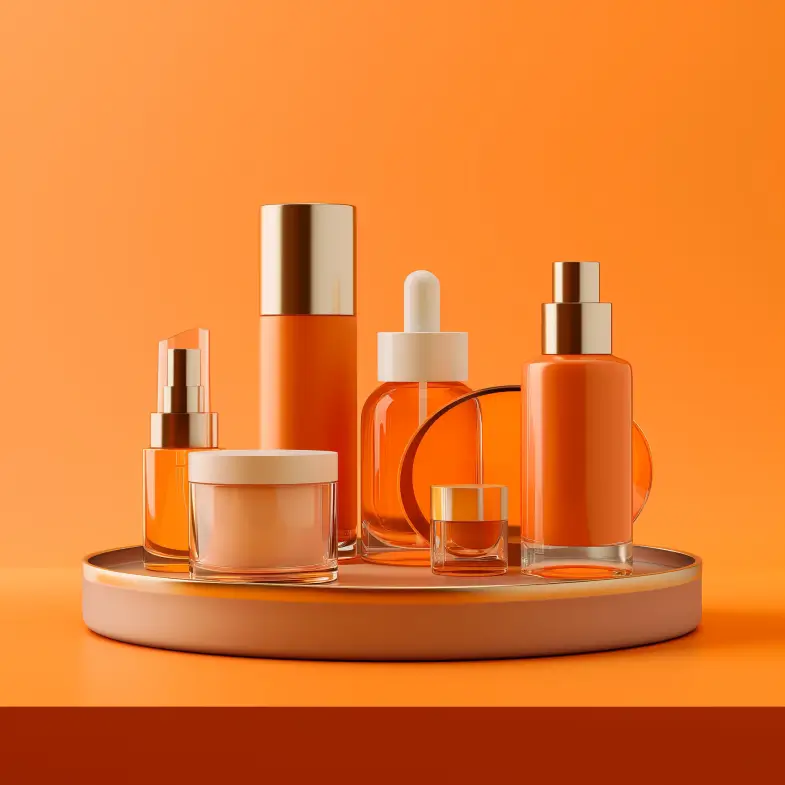



12 Responses
How often should I perform keyword discovery for my beauty website?
Keyword discovery should be an ongoing process. Regularly scheduled sessions (e.g. quarterly or biannually) can help you catch new trends, changes in consumer behavior, and emerging products or topics in the beauty industry.
What tools besides Perplexity.ai and Ahrefs can assist in keyword research?
Besides Perplexity.ai and Ahrefs, several other tools can enhance your keyword research process, including Google Keyword Planner (for search volume data and trends), SEMrush (for competitive analysis and keyword suggestions), and Moz Keyword Explorer (for keyword suggestions and SERP analysis). Social listening tools like BuzzSumo can also help to reveal trending topics in the beauty industry.
How can I determine the user intent behind a keyword?
To determine user intent, analyze the keyword context and the type of content that ranks for it on search engine results pages (SERPs). Generally, if a keyword triggers how-to guides, articles, or blog posts, the intent is informational. If product pages or shopping categories rank high, the intent is transactional. Query modifiers like “buy,” “how to,” “review,” or “best” can also indicate the user’s intent.
How can I effectively categorize my keywords?
Start by grouping keywords based on their thematic relevance (e.g., skincare, makeup tutorials). Then, categorize them by intent (informational, transactional, etc.) and content type (blog post, product review). Using color coding or tags can help visualize these categories. Consider creating separate tabs or sections in your spreadsheet for different categories for easier management.
What should I do if my targeted keywords are highly competitive?
For highly competitive keywords, focus on creating high-quality, unique content that offers value beyond what’s currently ranking on the SERP. Consider targeting long-tail keywords that are less competitive but still relevant. Building a strong backlink profile and enhancing your site’s overall SEO (speed, mobile optimization, user experience) can also improve your competitiveness.
How do I measure the success of my SEO strategy?
Measure success by tracking changes in your website’s organic traffic, keyword rankings, and conversion rates over time. Tools like Google Search Console and Ahrefs can provide insights into traffic trends and keyword performance.